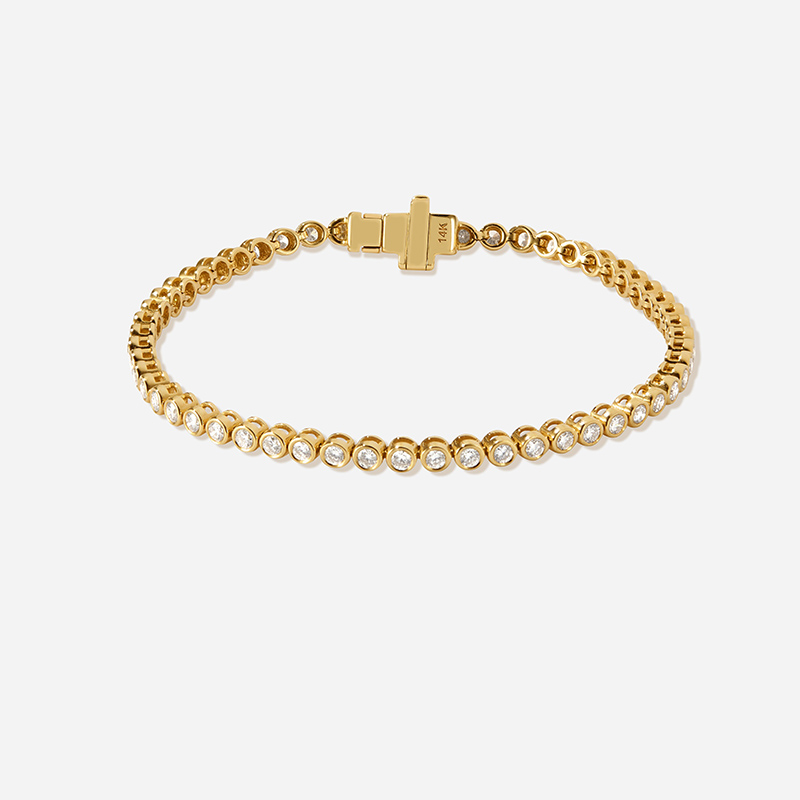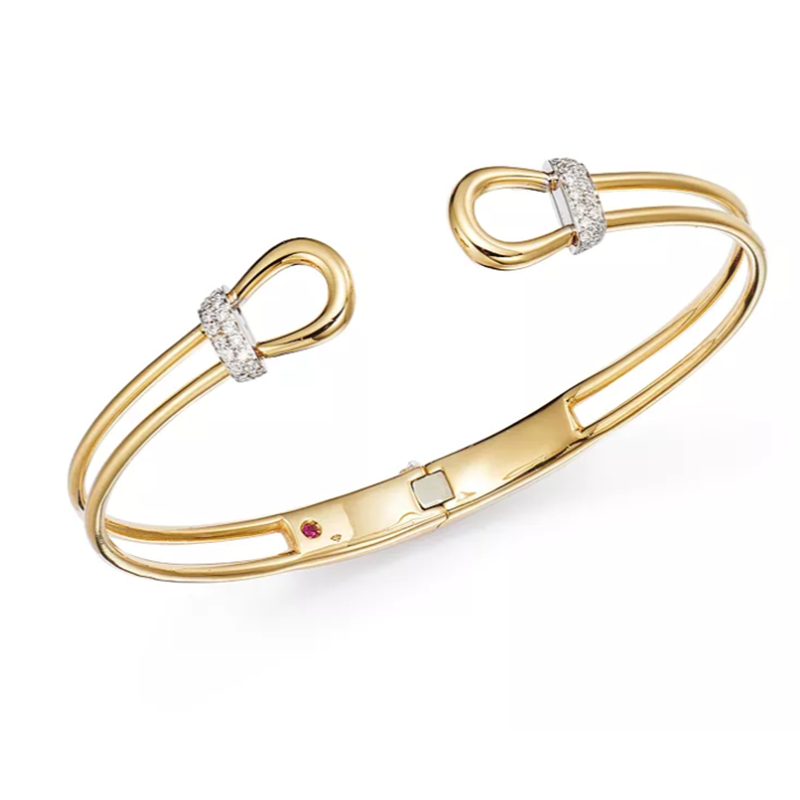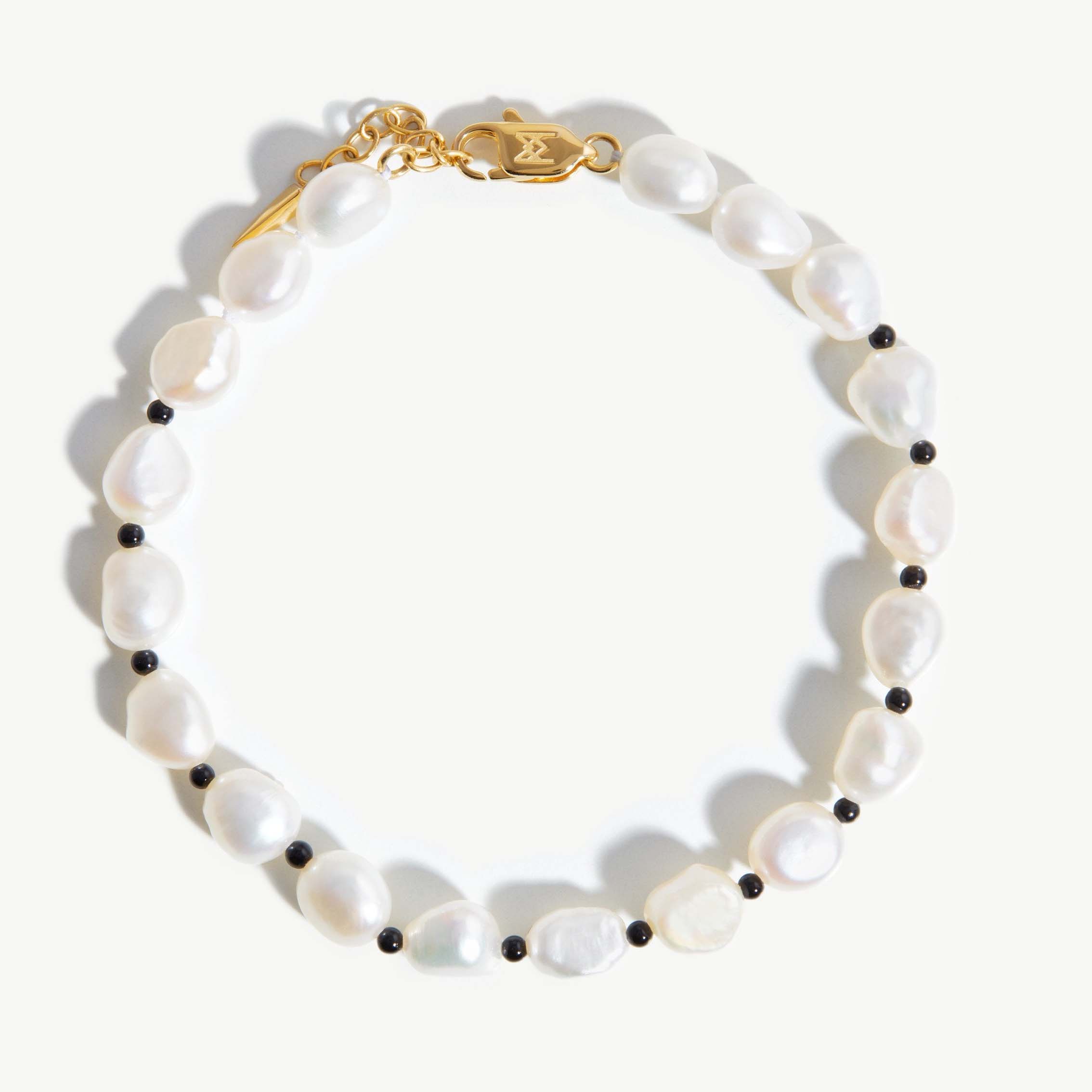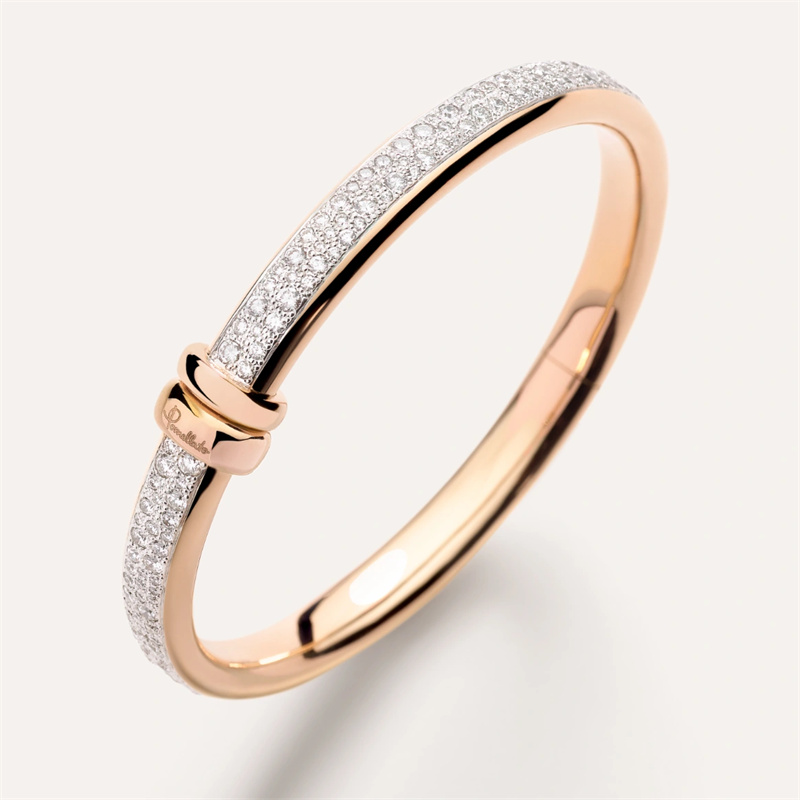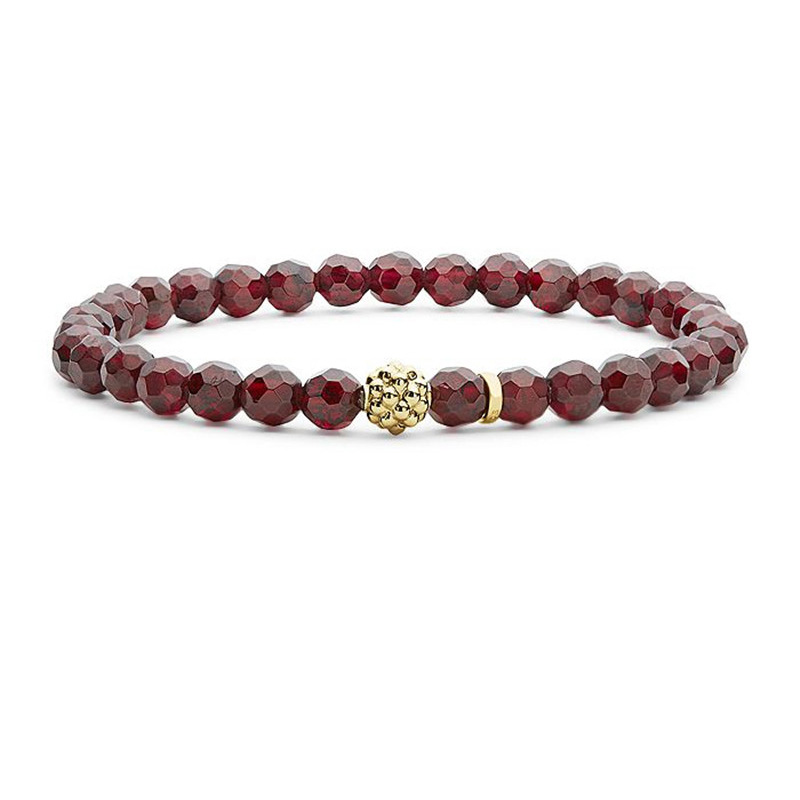JINGYING:Tennis style bracelets over sterling silver OEM ODM facotry
Makes custom jewelry supplier
LET’S GET STARTED : mo@kingjy.com
Manufacturing Tennis Style Bracelets Over Sterling Silver: OEM/ODM Factory Guide
Table of Contents
- Introduction to Tennis Bracelets
- Materials and Specifications
- Design and Customization (OEM/ODM Process)
- Sterling Silver Casting and Forming
- Stone Setting Techniques
- Quality Control and Finishing
- Packaging and Branding Options
- OEM vs. ODM: Choosing the Right Service
- Market Trends and Business Opportunities
- Conclusion
1. Introduction to Tennis Bracelets
Tennis bracelets are classic, elegant jewelry pieces featuring a symmetrical line of gemstones (traditionally diamonds) set in a precious metal. The name originated in 1987 when tennis player Chris Evert’s diamond bracelet fell off during a match, causing a pause in the game.
Today, tennis bracelets are popular in various styles, including sterling silver with cubic zirconia (CZ), lab-grown diamonds, or other simulants, making them affordable yet luxurious.
This guide explores the OEM (Original Equipment Manufacturing) and ODM (Original Design Manufacturing) processes for producing high-quality tennis bracelets in a factory setting.
2. Materials and Specifications
A. Metal Options
- Sterling Silver (925 Silver)
- 92.5% pure silver + 7.5% copper (for durability)
- Must be rhodium-plated to prevent tarnishing (optional)
- Alternative Metals (for OEM customization)
- Gold-plated silver, stainless steel, or titanium
B. Stone Options
- Cubic Zirconia (CZ) – Most cost-effective
- Lab-Grown Diamonds – Premium alternative
- Moissanite, Synthetic Sapphires, or Colored Gemstones
C. Technical Specifications
- Bracelet Length: 6–8 inches (adjustable with extender chains)
- Stone Size: 1.5mm–5mm (standard)
- Clasp Type: Lobster clasp, box clasp, or safety chain
3. Design and Customization (OEM/ODM Process)
A. OEM (Original Equipment Manufacturing)
- The client provides existing designs, CAD files, or samples for production.
- The factory replicates the design with modifications (metal, stones, size).
B. ODM (Original Design Manufacturing)
- The factory offers pre-designed models for brand customization.
- Clients can choose:
- Metal type (sterling silver, gold-plated, etc.)
- Stone type (CZ, moissanite, lab diamonds)
- Engravings or logos
C. Prototyping & 3D Modeling
- CAD (Computer-Aided Design) software creates digital models.
- Wax or resin prototypes are made for approval before mass production.
4. Sterling Silver Casting and Forming
A. Casting Process
- Wax Model Preparation
- 3D-printed or hand-carved wax models are created.
- Investment Casting
- Wax models are placed in a flask, covered with plaster, and burned out.
- Molten sterling silver is poured into the mold.
- Cooling & Removal
- After cooling, the plaster mold is broken to reveal the silver bracelet.
B. Forming & Assembly
- Chain Linking: For flexible tennis bracelets, individual links are soldered.
- Bangle Forming: For rigid designs, metal is bent and welded.
- Clasp Attachment: Secure lobster clasps or box clasps.
5. Stone Setting Techniques
A. Prong Setting
- Small metal claws hold each stone in place.
- Requires precision to ensure symmetry.
B. Bezel Setting
- A metal rim surrounds each stone for extra security.
- Common in luxury designs.
C. Channel Setting
- Stones are set in a continuous groove (modern, sleek look).
D. Glue-In Setting (For CZ & Simulants)
- Epoxy or UV resin secures stones in pre-drilled holes.
After setting, the bracelet is polished and rhodium-plated (optional) for shine.
6. Quality Control and Finishing
A. Inspection Checklist
✔ Metal Purity Test (XRF analyzer for 925 silver)
✔ Stone Alignment Check (no gaps or misplacements)
✔ Clasp Functionality Test (secure locking)
✔ Plating Durability Test (if rhodium-plated)
B. Final Finishing
- Polishing: Buffing wheels for a mirror finish.
- Ultrasonic Cleaning: Removes residues before packaging.
7. Packaging and Branding Options
- Eco-Friendly Boxes (velvet, leather, or recycled materials)
- Custom Branding (logos, certificates of authenticity)
- Retail vs. Wholesale Packaging (bulk vs. individual boxes)
8. OEM vs. ODM: Choosing the Right Service
| Feature | OEM | ODM |
|---|---|---|
| Design Ownership | Client provides design | Factory provides design options |
| Customization | High (exact specifications) | Moderate (pre-set designs) |
| Lead Time | Longer (new molds needed) | Shorter (existing models) |
| Cost | Higher (custom tooling) | Lower (shared designs) |
Best for:
- OEM: Established brands with unique designs.
- ODM: Startups or retailers looking for ready-made styles.
9. Market Trends and Business Opportunities
- Rising Demand for Affordable Luxury (CZ & lab-grown diamonds)
- Custom Engravings & Personalization (names, initials)
- Sustainable Jewelry Trends (recycled silver, eco-packaging)
10. Conclusion
Producing tennis bracelets in sterling silver (OEM/ODM) requires expertise in casting, stone setting, and quality control. By partnering with a reliable factory, brands can offer high-quality, customizable jewelry at competitive prices.
Whether choosing OEM (full customization) or ODM (pre-designed models), the key to success lies in material quality, craftsmanship, and market positioning.
